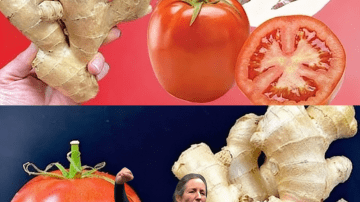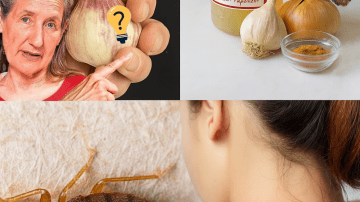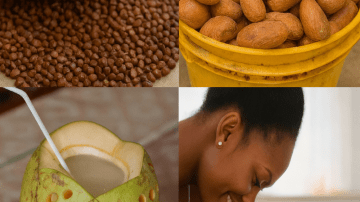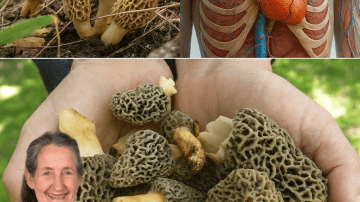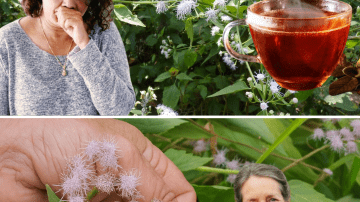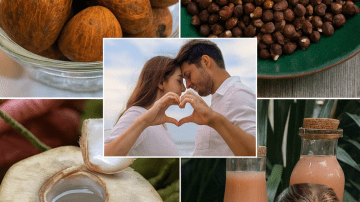Imagine stumbling upon a spiky, unassuming plant while wandering through a field, only to discover it holds ancient secrets that could ease your sleepless nights, soothe your aches, and even nourish your body. What if this “weed” wasn’t a nuisance but a natural pharmacy in disguise? Lactuca serriola, better known as prickly lettuce, has been overlooked for far too long. Dive into this captivating journey as we reveal its medicinal miracles, nutritional treasures, and step-by-step guides to harvesting and creating potent extracts that could transform your wellness routine. By the end, you’ll never look at wild plants the same way again.
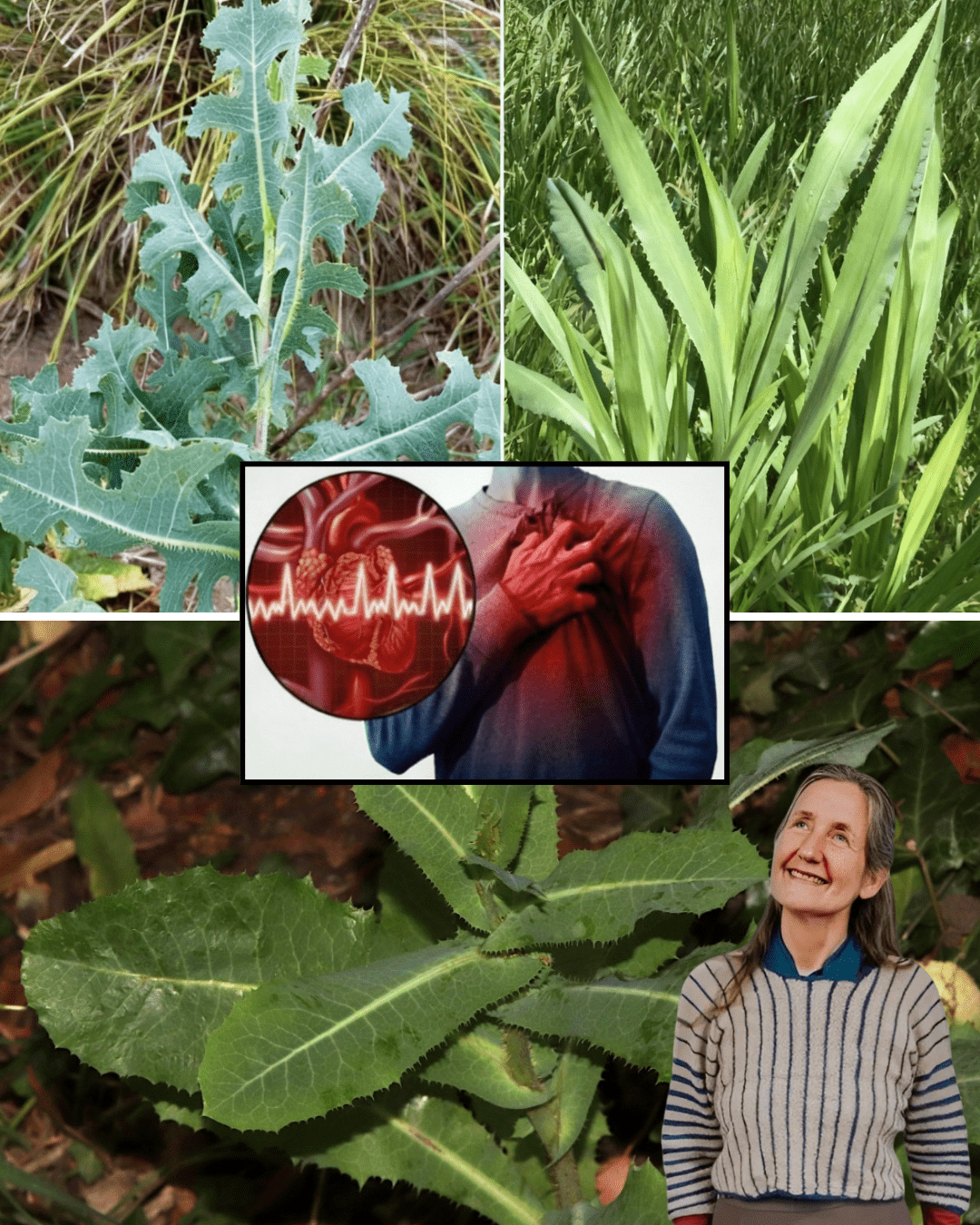
🌱 From Ancient Remedy to Modern Marvel: The Fascinating Origins of Prickly Lettuce
Picture this: Ancient Egyptians and Greeks turning to a humble wild green for relief from pain and restlessness, long before modern pharmaceuticals existed. Prickly lettuce traces its roots to Europe and Asia, but today it thrives worldwide, often dismissed as an invasive weed. Yet, its tall, slender stems, bluish-green leaves with prickly edges, and delicate yellow flowers hide a powerhouse of potential.
Identifying it is straightforward once you know what to look for. The plant can grow up to six feet tall, with leaves that clasp the stem in a unique arrowhead shape. Those tiny spines? They’re nature’s defense, but beneath them lies lactucarium—the milky sap nicknamed “lettuce opium” for its gentle sedative and pain-relieving effects. This isn’t folklore; historical texts praise it as a safe alternative to harsher opiates, used for centuries to calm the mind and body.
💊 Medicinal Magic: Why Prickly Lettuce Deserves a Spot in Your Natural Apothecary
What makes prickly lettuce truly extraordinary is lactucarium, that opaque, bitter latex oozing from cut stems. Rich in compounds like lactucin and lactucopicrin, it offers mild sedation, analgesia, and even antispasmodic benefits. Struggling with insomnia? A tincture from this plant could lull you into restful sleep without the grogginess of synthetic pills. Anxious thoughts keeping you up? Its calming properties promote relaxation, easing tension like a gentle hug from nature.
Beyond sedation, prickly lettuce boasts impressive nutrition. Young leaves pack vitamin A for sharp vision and immune support, vitamin K for strong bones and blood clotting, and iron to combat fatigue. Antioxidants in the plant fight free radicals, reducing inflammation and supporting cellular health. Studies hint at its role in detoxification and respiratory relief—think soothing coughs or easing whooping cough symptoms in traditional herbalism.
But the real thrill? Crafting your own remedies. Unlike store-bought supplements, harvesting and processing prickly lettuce connects you deeply with nature’s bounty, empowering you to take control of your health.
🔍 Spotting and Safely Harvesting: Your Guide to Wild Foraging Success
Ready to hunt for this treasure? Seek prickly lettuce in disturbed soils—roadsides, fields, or urban lots—from spring through fall. Opt for younger plants; their leaves are tender and less bitter, ideal for both eating and medicine.
Harvest ethically: Choose plants away from pollution, and never uproot the entire specimen to ensure regrowth. For culinary use, snip young basal leaves. For medicinal lactucarium, score the main stem lightly with a knife; the sap will bead up like liquid gold. Collect it carefully, as it’s the star ingredient for potent extracts.
Always prioritize safety. Misidentification can be risky—prickly lettuce resembles toxic lookalikes like sow thistle or dandelion, but its prickly midrib and milky sap set it apart. Consult field guides or apps, and start with a foraging expert if you’re new. Pregnant individuals, those on sedatives, or with allergies should avoid it. When in doubt, consult a healthcare professional—nature’s gifts are powerful, but respect is key.
🍃 Culinary Adventures: Turning “Weeds” into Delicious Delights
Why stop at medicine? Prickly lettuce elevates your plate with earthy, slightly bitter flavors that pair perfectly in wild salads. Blanch young leaves to mellow the bitterness, then toss with olive oil, lemon, and nuts for a nutrient-dense side. Stir-fry stems with garlic and soy sauce for a crunchy Asian-inspired dish, or boil them like spinach in soups for added depth.
Experiment boldly: Add chopped leaves to pesto for a wild twist, or infuse them in vinegars for tangy dressings. The key? Start small to acclimate your palate. Paired with foraged companions like dandelions or nettles, prickly lettuce creates gourmet meals from the wild, saving money while boosting nutrition.
🛠️ Mastering Extraction: Step-by-Step to Potent Prickly Lettuce Remedies
The pinnacle of prickly lettuce prowess? Homemade extracts that concentrate its essence into easy-to-use forms. Whether you prefer fresh or dried, alcohol-based or water-infused, these methods yield professional-grade results. Let’s break it down.
First, preparation: Gather your harvest and decide—fresh for immediacy or dried for potency? I recommend younger plants for ease. Strip leaves by running your hand upward against the growth; they detach effortlessly. Discard tough stems unless you have a high-powered blender.
🌞 Drying for Maximum Potency
Invest in a dehydrator—it’s a forager’s best friend. Spread leaves evenly and dry at 95-115°F until crisp, preserving vibrant color and active compounds. Sun drying works in a pinch but risks degradation from UV exposure. Stored in airtight jars, dried leaves last months, ready for on-demand extraction.
🔥 Alcohol Extraction: The Foundation of Strength
Alcohol unlocks fat-soluble compounds like lactucin for superior bitterness—and efficacy. For dried leaves: Pulverize in a blender, measure the powder, and add 4-5 times the volume in high-proof alcohol (190-proof grain alcohol is ideal). Steep in a sealed jar at room temperature for hours to days, shaking occasionally.
Fresh leaves? Blend with enough alcohol to cover and create a slurry. The plant’s water dilutes proof, so use extra booze. For enhanced extraction, apply gentle heat under 180°F in a double boiler—watch for a gummy residue signaling success.

💧 Water Infusion: Capturing Water-Soluble Wonders
Post-alcohol, double the volume with water and simmer covered at 180°F for 2-3 hours, stirring gently. This pulls hydrophilic goodies, creating a comprehensive extract. Strain through cheesecloth, squeezing every drop— a potato ricer amplifies yield.
⚗️ Concentration: From Liquid to Elixir
Your brew is dilute; evaporation concentrates it. Remove the lid, maintain under 180°F, and reduce to 1/8th volume. Use a wide pan to speed the process without scorching, or oven-set at 170°F in a metal bowl. The result? A thick syrup, storable in the fridge for months.
For resin: Spread on silicone sheets in the dehydrator at 135°F until tacky. Reconstitute with alcohol for a shelf-stable tincture—easy dosing in droppers.
📏 Dosage and Usage: Personalized Pathways to Relief
Start low: 1-2 droppers of tincture in water evenings for sedation. Adjust based on batch strength and your response—effects build subtly. For pain, apply poultices of fresh leaves; for tea, steep dried foliage. Track your experiences; potency varies by plant age and harvest conditions.
🧪 Why Alcohol Beats Water Alone
Trials prove it: Water extracts taste mild; alcohol-initiated ones bite with bitterness, indicating higher lactucin levels. Dried starts maximize alcohol concentration, yielding extracts that rival commercial opiate alternatives in gentleness.
🌟 Precautions and Pro Tips for Safe Exploration
Confidence in ID is non-negotiable. Test for allergies with a small leaf rub. Moderate use—overindulgence can cause drowsiness or digestive upset. Combine with lifestyle tweaks: Pair sedation with mindfulness for deeper rest.
For foragers: A dehydrator revolutionizes preservation across herbs. Experiment with blends—prickly lettuce plus valerian for amplified calm.
🔬 The Science Behind the Hype: Validating Ancient Wisdom
Modern research echoes tradition. Lactucarium’s sesquiterpene lactones provide proven sedative effects in animal studies, with human anecdotes supporting insomnia relief. Antioxidants like flavonoids combat oxidative stress, potentially aiding chronic conditions. While not a cure-all, it’s a low-risk adjunct to holistic health.
🍴 Recipe Inspirations to Ignite Your Kitchen Creativity
Wild Lettuce Salad: Mix blanched young leaves with arugula, feta, and balsamic. Top with toasted seeds for crunch.
Sedative Tea: Steep 1 tsp dried leaves in hot water 10 minutes; add honey for palatability.
Tincture Drops: Your extract in evening tea for winding down.
Stir-Fry Stems: Sauté with onions, ginger, and tamari— a quick, iron-rich side.
🌍 Embracing Prickly Lettuce: A Call to Rediscover Nature’s Pharmacy
In a world of synthetic solutions, prickly lettuce reminds us that profound healing often grows wild and free. From sedative saps to nutrient-packed greens, it invites curiosity, caution, and connection. Harvest responsibly, craft thoughtfully, and let this spiky wonder weave its magic into your life. Your body—and the earth—will thank you. Ready to forage your first batch? The adventure awaits.
(Word count: 1,456)

